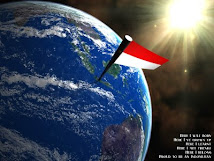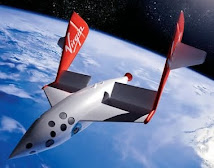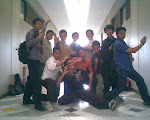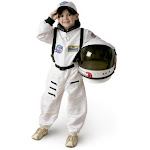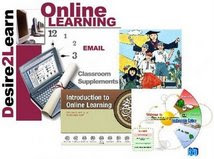Disusun Ulang Oleh:
Arip Nurahman
Department of Physics
Faculty of Sciences and Mathematics, Indonesia University of Education
and
Follower Open Course Ware at Massachusetts Institute of Technology
Cambridge, USA
Department of Physics
http://web.mit.edu/physics/
http://ocw.mit.edu/OcwWeb/Physics/index.htm
&
Aeronautics and Astronautics Engineering
http://web.mit.edu/aeroastro/www/
http://ocw.mit.edu/OcwWeb/Aeronautics-and-Astronautics/index.htm
Arip Nurahman
Department of Physics
Faculty of Sciences and Mathematics, Indonesia University of Education
and
Follower Open Course Ware at Massachusetts Institute of Technology
Cambridge, USA
Department of Physics
http://web.mit.edu/physics/
http://ocw.mit.edu/OcwWeb/Physics/index.htm
&
Aeronautics and Astronautics Engineering
http://web.mit.edu/aeroastro/www/
http://ocw.mit.edu/OcwWeb/Aeronautics-and-Astronautics/index.htm
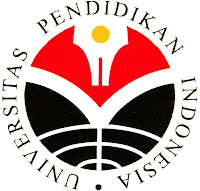

Aerospace engineering is the branch of engineering behind the design, construction and science of aircraft and spacecraft. Aerospace engineering has broken into two major and overlapping branches: aeronautical engineering and astronautical engineering. The former deals with craft that stay within Earth's atmosphere, and the latter deals with craft that operate outside of Earth's atmosphere. While "aeronautical" was the original term, the broader "aerospace" has superseded it in usage, as flight technology advanced to include craft operating in outer space.[1] Aerospace engineering is often informally called rocket science.
Contents
- 1 Overview
- 2 History
- 3 Elements
- 4 Aerospace engineering degrees
- 5 Popular culture
- 6 See also
- 7 References
Aerospace Engineering
Aerospace engineering is a complex, rapidly changing field whose primary application is the design and development of flight vehicles such as aircraft, missiles, spacecraft and satellites.
Aerospace engineering is also important and applicable to other vehicles and systems such as submarines, automobiles, trucks and rapid transit, and can include advanced robotics, exotic materials and computational simulations.
The goals of Indonesia Aerospace Engineering School, aerospace engineering program are to
(a) using a high quality faculty, provide a comprehensive aerospace engineering education that develops in students the fundamental skills necessary for the design, synthesis, analysis and research development of aircraft, spacecraft and other high technology flight systems; and
(b) prepare students for the aerospace engineering profession and related fields by developing in them the attributes needed so that they can contribute successfully to society and the engineering profession now and in the future.
(a) using a high quality faculty, provide a comprehensive aerospace engineering education that develops in students the fundamental skills necessary for the design, synthesis, analysis and research development of aircraft, spacecraft and other high technology flight systems; and
(b) prepare students for the aerospace engineering profession and related fields by developing in them the attributes needed so that they can contribute successfully to society and the engineering profession now and in the future.
The curriculum includes
(a) sciences and mathematics to provide a foundation for engineering, aerospace engineering and design; and
(b) humanities, social sciences, visual and performing arts, and international and cultural diversity topics to ensure an awareness of cultural heritage.
(a) sciences and mathematics to provide a foundation for engineering, aerospace engineering and design; and
(b) humanities, social sciences, visual and performing arts, and international and cultural diversity topics to ensure an awareness of cultural heritage.
In the junior and senior years, coursework includes aerodynamics, structures and materials, propulsion, dynamics and control, and astrodynamics. These studies provide a strong fundamental basis for specialization and advanced study, while technical electives allow exploration of special interests.
Advanced courses emphasize new technologies and skills, and a senior-level design-build-fly sequence requires students to work in teams to design an aerospace system, such as an aircraft, rocket, or spacecraft.
All courses utilize modern computational tools. The department has an extensive array of computing resources including PCs and workstations.
Studies are supported by well-equipped laboratories: water and wind tunnels for aerodynamic analysis, a jet engine test facility, research aircraft, a flight simulator, and a state-of-the-art materials and structures testing facility.
Aerospace engineering at Texas A&M
More about aerospace engineering
Welcome to the Aerospace Engineering Department at Texas A&M University!
Find answers to frequently-asked questions:
What is an aerospace engineer?
Why should you choose aerospace engineering at Texas A&M?
Want to visit Texas A&M and the Aerospace Engineering Department?
Want to know about our Undergraduate or Graduate programs?
Information ForQuick LinksWelcome Message | |
© Department of Aerospace Engineering | Texas A&M Engineering | Texas A&M University State of Texas | Compact With Texans | Statewide Search | Accessibility | Link and Privacy Policy Contact Webmaster | AEROnet | |

